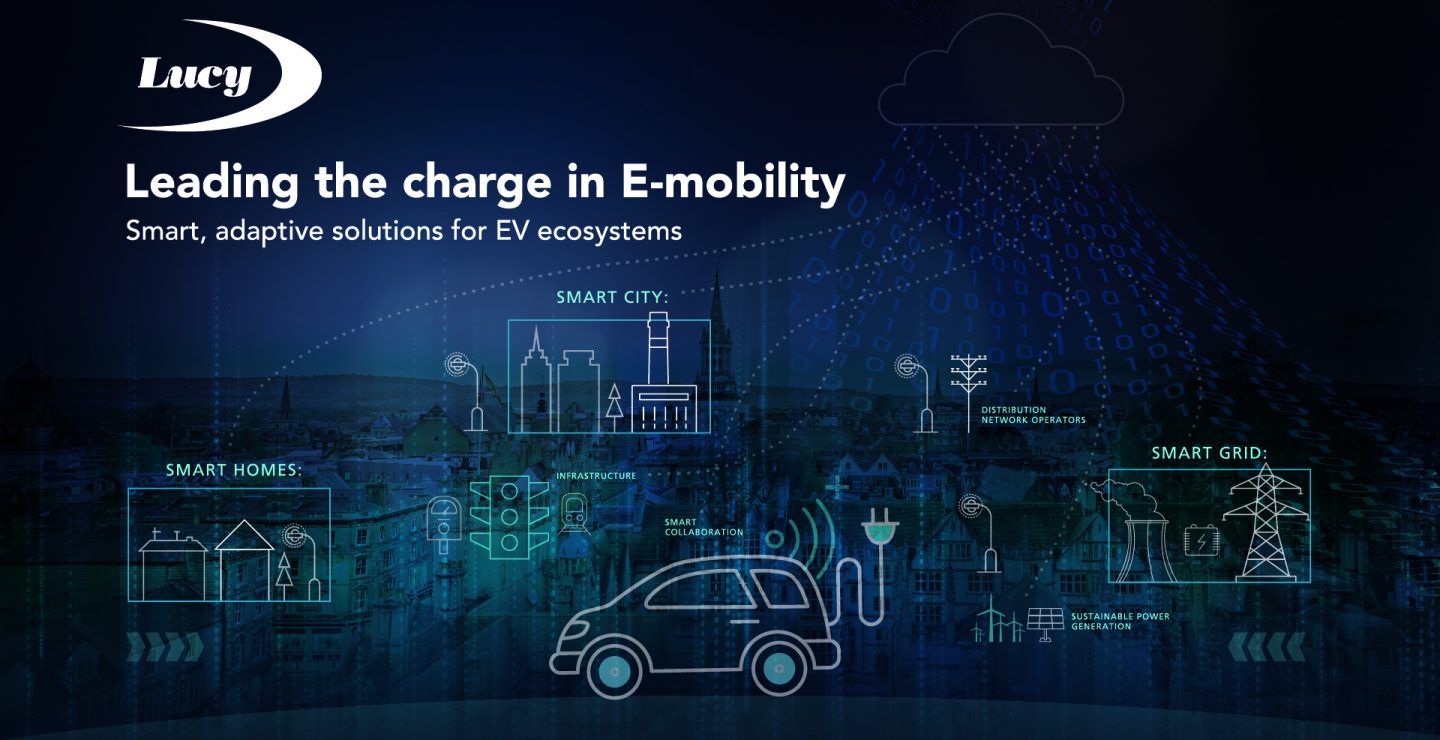The electrification of transport is gathering momentum as demonstrated in a number of recent publications, including Committee for Climate Change, London Delivery Plan and the UK Net Zero 2050 targets paper. This has resulted in a variety of solutions being offered across the range of users from residential, business premises, motorway services to delivery vehicle hubs.
To meet this demand a number of solutions are required, which we have seen through various trials have differing impacts on the network. The types of Electric Vehicles (EV) infrastructures can be broken down into three loose categories.
- Slow speed chargers, 3 to 7 kW typically installed in residential locations
- Fast chargers, 22 to 50 kW typically early installations in car parks or motorway services
- Ultra-fast chargers, 150 to 350 kW typically garage forecourts or vehicle hubs
Network Connections
Slow and fast chargers are connected to existing installations, which means that Distribution Network Operators (DNO’s) have limited to no visibility of the changing load parameters on their network. When mixed with roof top solar PV this adds further complexity to the network load profile.
Ultra-fast charger clusters will require a dedicated feed from the DNO. This is referred to as a Secondary Substation or Package Substation, this typically comprises of 11kV Ring Main Unit (RMU), medium voltage/low voltage (MV/LV) Transformer, LV Distribution Paneland Remote Terminal Unit (RTU).
Network monitoring
The last mile of the distribution network has previously been all but invisible but companies can no longer afford to have the low-voltage network as a data blind-spot. The rapid growth in disruptive technologies such as energy storage and electric vehicles, alongside the increased use of renewables and distributed energy resources is having a major impact on energy network management. Our GridKey LV monitoring system has been developed to capture, store and display information so that the impact of low carbon technologies on the network can be fully understood. GridKey has also been part of the Electric Nation project which has monitored the use of over 600 EV’s and included the development of algorithms to enable the identification of when EV chargers are switched on and where concentrated use could risk overloading the network.
